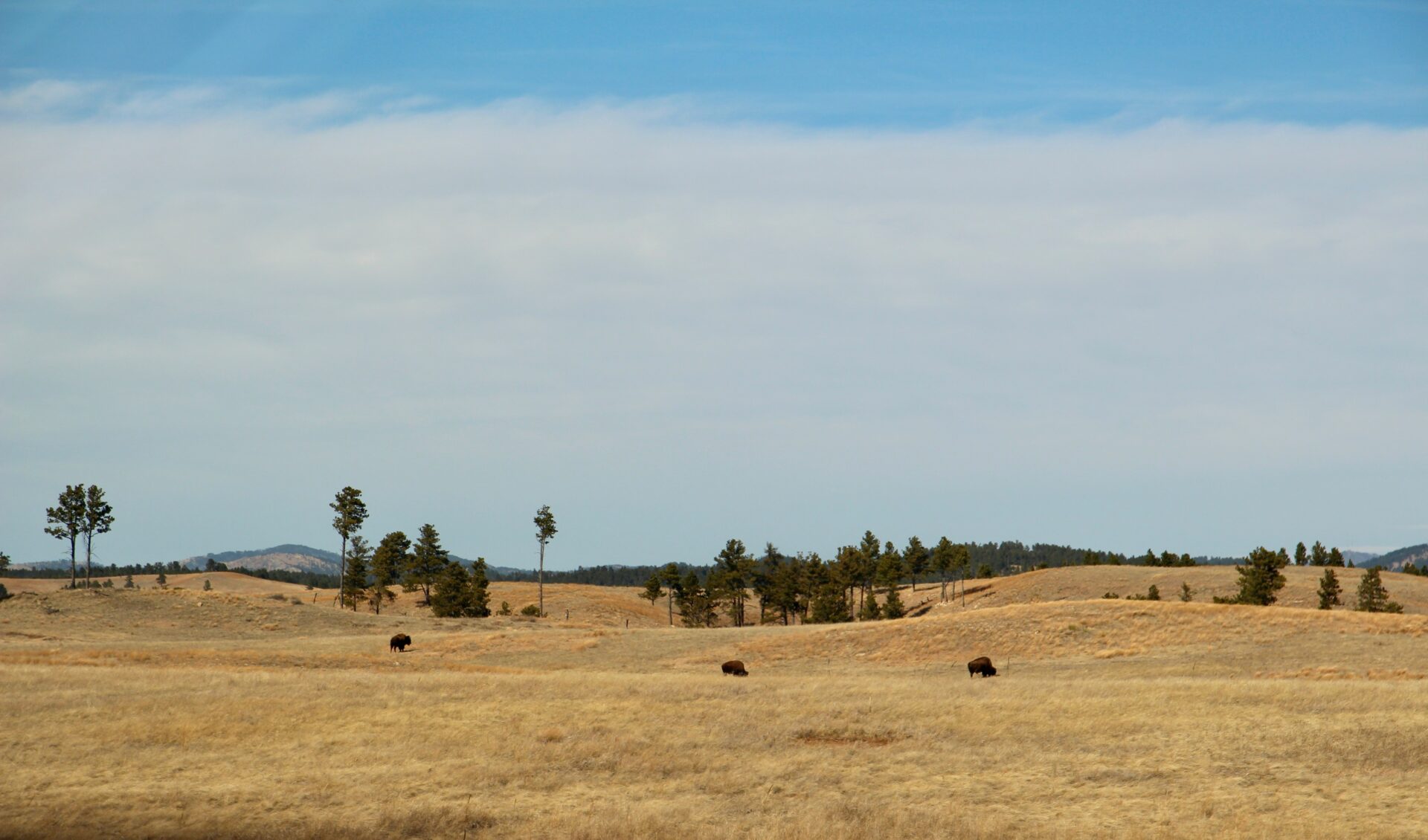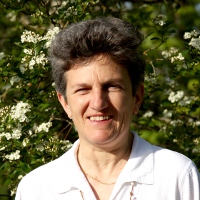Large shifts in species ranges have been predicted under future climate scenarios based primarily on niche-based species distribution models. However, the mechanisms that would cause such shifts are uncertain. Natural and anthropogenic fires have shaped the distributions of many plant species, but their effects have seldom been included in future projections of species ranges. Here, we examine how the combination of climate and fire influence historical and future distributions of the ponderosa pine–prairie ecotone at the edge of the Black Hills in South Dakota, USA, as simulated by MC1, a dynamic global vegetation model that includes the effects of fire, climate, and atmospheric CO2 concentration on vegetation dynamics. For this purpose, we parameterized MC1 for ponderosa pine in the Black Hills, designating the revised model as MC1-WCNP. Results show that fire frequency, as affected by humidity and temperature, is central to the simulation of historical prairies in the warmer lowlands versus woodlands in the cooler, moister highlands. Based on three downscaled general circulation model climate projections for the 21st century, we simulate greater frequencies of natural fire throughout the area due to substantial warming and, for two of the climate projections, lower relative humidity. However, established ponderosa pine forests are relatively fire resistant, and areas that were initially wooded remained so over the 21st century for most of our future climate x fire management scenarios. This result contrasts with projections for ponderosa pine based on climatic niches, which suggest that its suitable habitat in the Black Hills will be greatly diminished by the middle of the 21st century. We hypothesize that the differences between the future predictions from these two approaches are due in part to the inclusion of fire effects in MC1, and we highlight the importance of accounting for fire as managed by humans in assessing both historical species distributions and future climate change effects.
Climate change and fire effects on a prairie-woodland ecotone: projecting species range shifts with a dynamic global vegetation model


